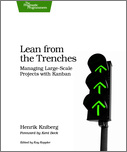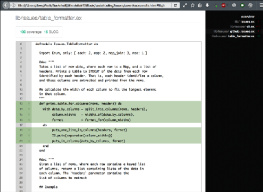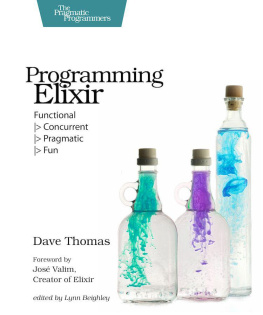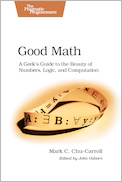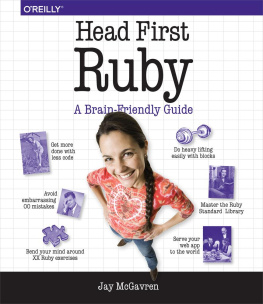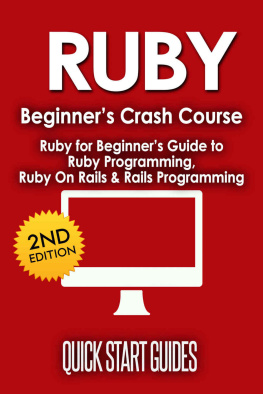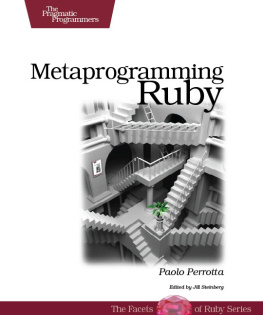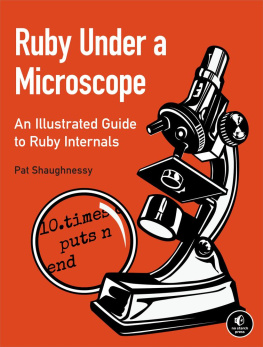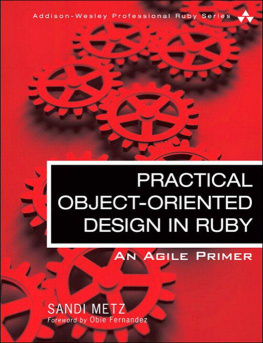Dave Thomas - Programming Ruby 1.9 & 2.0: The Pragmatic Programmers Guide
Here you can read online Dave Thomas - Programming Ruby 1.9 & 2.0: The Pragmatic Programmers Guide full text of the book (entire story) in english for free. Download pdf and epub, get meaning, cover and reviews about this ebook. year: 2013, publisher: Pragmatic Bookshelf, genre: Computer. Description of the work, (preface) as well as reviews are available. Best literature library LitArk.com created for fans of good reading and offers a wide selection of genres:
Romance novel
Science fiction
Adventure
Detective
Science
History
Home and family
Prose
Art
Politics
Computer
Non-fiction
Religion
Business
Children
Humor
Choose a favorite category and find really read worthwhile books. Enjoy immersion in the world of imagination, feel the emotions of the characters or learn something new for yourself, make an fascinating discovery.
- Book:Programming Ruby 1.9 & 2.0: The Pragmatic Programmers Guide
- Author:
- Publisher:Pragmatic Bookshelf
- Genre:
- Year:2013
- Rating:3 / 5
- Favourites:Add to favourites
- Your mark:
Programming Ruby 1.9 & 2.0: The Pragmatic Programmers Guide: summary, description and annotation
We offer to read an annotation, description, summary or preface (depends on what the author of the book "Programming Ruby 1.9 & 2.0: The Pragmatic Programmers Guide" wrote himself). If you haven't found the necessary information about the book — write in the comments, we will try to find it.
Ruby is the fastest growing and most exciting dynamic language out there. If you need to get working programs delivered fast, you should add Ruby to your toolbox.
This book is the only complete reference for both Ruby 1.9 and Ruby 2.0, the very latest version of Ruby.
2013 marks the 20th anniversary of the Ruby language. Were proud that throughout its history, weve continued to cover the latest version of Ruby.
Would you like to go from first idea to working code much, much faster? Do you currently spend more time satisfying the compiler instead of your clients or end users? Are you frustrated with demanding languages that seem to get in your way, instead of getting the work done? Are you using Rails, and want to dig deeper into the underlying Ruby language? If so, then weve got a language and book for you!
Ruby is a fully object-oriented language, much like the classic object-oriented language, Smalltalk. Like Smalltalk, it is dynamically typed (as opposed to Java or C++), but unlike Smalltalk, Ruby features the same conveniences found in modern scripting languages such as Perl and Python.
The combination of the power of a pure object-oriented language with the convenience of a scripting language makes Ruby a favorite tool of intelligent, forward-thinking programmers.
The Pickaxe contains four major sections:
An acclaimed tutorial on using Ruby. The definitive reference to the language. Complete documentation of all built-in classes, modules, and methods. Complete descriptions of all 97 standard libraries.
This is the reference manual for Ruby, including a description of all the standard library modules, a complete reference to all built-in classes and modules (including all the new and changed methods introduced by Ruby 1.9, 1.9.2, 1.9.3, and 2.0). It also includes all the new and changed syntax and semantics introduced since Ruby 1.8. Learn about the new parameter passing rules, local variable scoping in blocks, fibers, and the new block declaration syntax, among other exciting new features.
About Ruby 2.0
Ruby 2.0 is a minor update to Ruby 1.9, unlike the more major updates from Ruby 1.8 to Ruby 1.9.
The major language changes in Ruby 2.0 are the addition of keyword arguments and the change to use UTF-8 as the default source file encoding.
There are a number of additions to the standard library, including:
@Enumerator::Lazy@, which adds support for lazy access to potentially infinite lists. Refinements allow you to encapsulate changes to third-party classes, and scope their application to individual source files, preventing your changes from polluting the global application.
Youll also find that Ruby 2 is faster, and has memory management improvements that make it more server-friendly.
All told, there are over 110 sections of the book that have been flagged and cross-linked to indicate 2.0 content.
What You Need
This book assumes you have a basic understanding of object-oriented programming.
In general, Ruby programmers tend to favor the the command line for running their code, and they tend to use text editors rather than IDEs.
* Ruby runs on Windows, Linux, and Macs.
Dave Thomas: author's other books
Who wrote Programming Ruby 1.9 & 2.0: The Pragmatic Programmers Guide? Find out the surname, the name of the author of the book and a list of all author's works by series.

